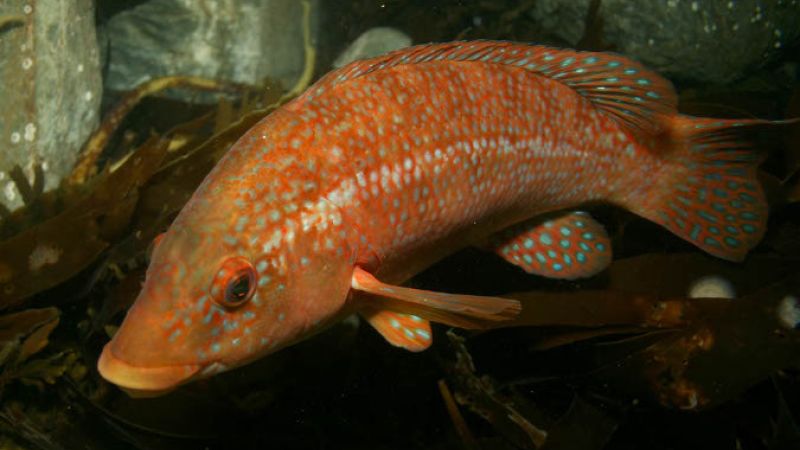The largest animal study ever on the cancer-causing risk (carcinogenicity) of chemicals could have profound implications for the species used in such testing, the numbers of animals used, and the accuracy of current tests. Scientists at Oregon State University found that acceptable levels of at least one carcinogen maybe 500 to 1,500 times higher than currently believed. They also showed that using thousands of trout may give more accurate results than a hundred laboratory rats in assessing the risk of some chemicals.
Currently, to assess real-world risks of exposure at low levels over a long time, high doses of chemicals are tested over a much shorter period in rats. There have always been concerns about the accuracy of data obtained in this way, but the methodology has been dictated largely by costs and logistics. The new study, using trout, shows that traditional methods may overestimate actual risks by a factor of 1,000 for a class of toxins called polycyclic aromatic hydrocarbons (PAH), although it also shows that current tests for others called aflatoxins may be more accurate.
As one of the researchers, Professor George Bailey, told Science Daily:
'The whole foundation of modern toxicology is that the dose makes the poison. You can die from eating a few tablespoons of ordinary table salt at one time, but that doesn't mean that table salt is a poison at the doses that humans normally consume. With compounds that we know can cause cancer, the real question is how much is too much. What we have found is that traditional approaches to making that evaluation, which are almost always based on studies done at very high doses with laboratory rodents, may not always give us answers that are reasonably accurate.'
This is one reason why the results of such toxicity tests have been interpreted cautiously, a factor which may have led to further exaggeration of risk and the setting of safety thresholds that are too high.
In the new study, the scientists exposed over 40,000 trout to a low dose of a type of PAH, which can cause liver cancer. Professor Bailey said:
'We can do experiments with trout in large numbers at a very low cost, about 5% of what a rodent study would cost. For most studies of carcinogens, exposing 2,000 rodents would be a huge project. For us, working with 2,000 trout is a pilot study.'
The team found that a tolerable threshold for human exposure to this toxic chemical would be 500 to 1,500 times higher than that found using rodent studies and currently permitted by the US Environmental Protection Agency. So the study suggests that past methodology to assess the danger of some of the most common carcinogens in the world may, or may not, be accurate. Professor Bailey explains:
'In the past, our regulatory agencies have done the best they can with the data they have available. The key is that now we have animal models that can far more accurately determine the real cancer risk some compounds pose, and in biochemical detail that's more valuable than the kill-them-and-count-them approaches of the past. It may be time for government agencies and medical researchers to reconsider the way we approach carcinogen research.'
This may have implications for the new EU regulations on chemicals and their safe use, REACH, which will require some animal testing and is being phased in across member states over a 10-year period.
The study was published in Chemical Research in Toxicology.
Last edited: 5 July 2022 11:12



